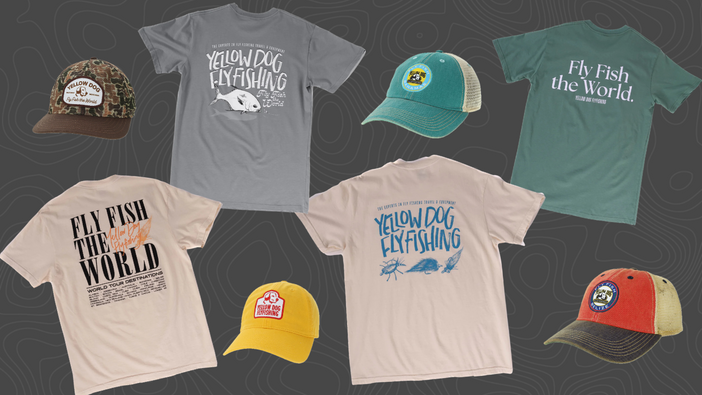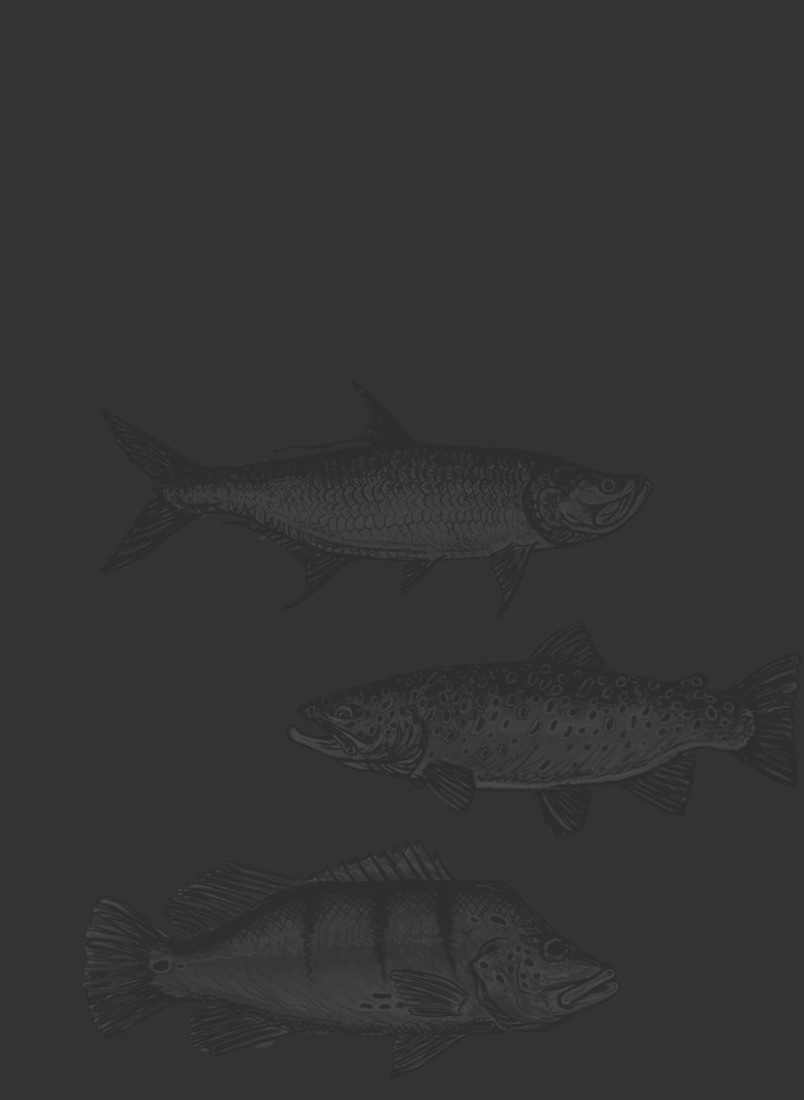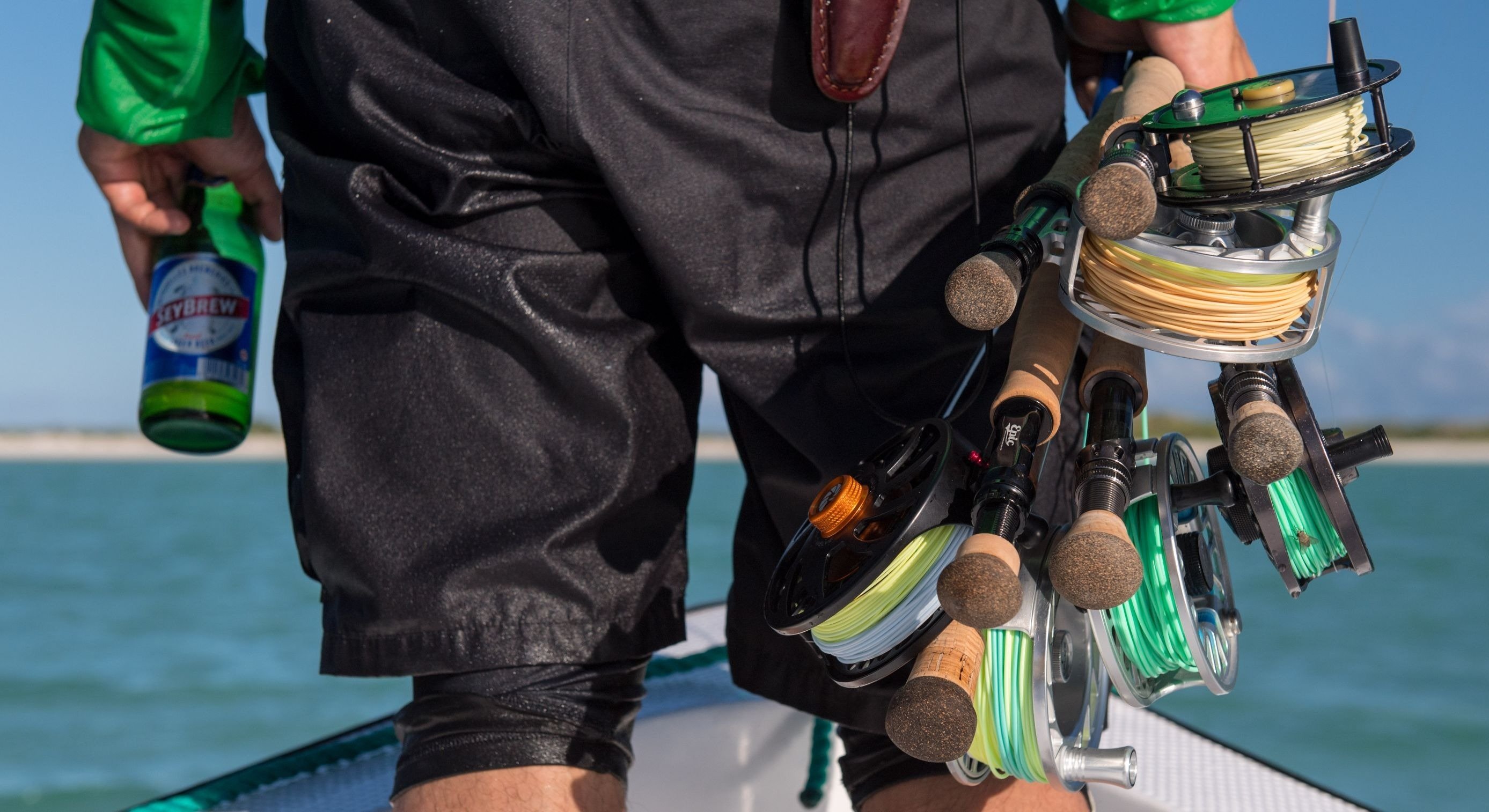It’s spring — high time to get out and play. Slowly we’re creeping toward summer, that glorious season where waders are stowed in favor of wet wading, iced rod guides are a nightmare from seemingly ages past, and sunburns are sated with bountiful cold brewskis after a long day on the water.
For the working guides, this is the time of endless work and little sleep; for the recreational angler, it's late-night sessions after the end of the workday. For most of us, time is of the essence and every minute on the water, camera (or rod, for that matter) in hand has to count.

Now we’re stepping back to look at five “big picture” tips for outdoor photography — whether you’re out with your friends on the river or traveling to another country for a non-angling trip, these simple tips will help you make the most of your time behind the camera:
1) Get Out! No matter how long or rough the day was, get outside. Great pictures are made when we step outside the front door, out of our comfort zones. Grab a cup of coffee and load the rods and camera up. Even if fishing is rubbish, there are photos to be made and your mental state will benefit from the simple act of getting outside.
2) Consider Positioning. Okay, so you've made it outside. Congratulations. But don't just stand there and shoot from eye-level. If you're wade fishing, kneel. Climb something. Change the perspective. If you're in a boat, lean over the side (avoid dunking the camera, it's a bad deal), or stand up. Something. The eye gets tired of seeing the same thing from the same angle. You'll be amazed at what a little positing can do to spice up an image.
3) Think Happy Hour. Nope, not the boozy one — we’d recommend leaving the camera at home if you're heading there. Think about timing when you are trying to capture strong images. The best photographers spend most of their working time on the water between pre-dawn and 10 AM or so and then are back out from several hours prior to sunset until dark. Midday light is harsh… get out and shoot early and late. Your images will thank you for it.
4) Polarizing Filters. Some pros swear by them, others loathe them. What's an angler to do? A neutral density (ND) filter works well in bright light, modifying the intensity of all light wavelengths and colors equally while giving no changes in hue of color rendition. If we’re on the run all day in conditions not conducive to changing filters, we'll still leave on simply a protective UV filter as protection and rely on proper image capture for good shots. But if the light is nice and I'm looking for some enhancement, an ND filter or even a circular polarizer offers an instant boost. Just be sure to pay attention to circular polarizers in bright, midday light—they can overly enhance contrast and work against you.

5) Keep the Camera Accessible. The most important of the five. You can be in the most incredible setting, seeing the most amazing things, but if your camera is tucked in the bottom of your bag and not in your hand, it might as well be on the counter at home.
Folks will argue that keeping gear out, instead of tucked away nicely in a bag, is harder on it. It's true. The professional shooters on the Yellow Dog team are wicked hard on their gear, but with proper cleaning and maintenance, it keeps up and gets the job done. Keep a bag nearby, so if conditions go south or you absolutely need to, you can stow the camera. But otherwise, keep it out. Keep it on your shoulder. In the organizer on the drift boat. Slung across your chest. Whatever. Good images never come from inside the bag.
Related Articles:





























